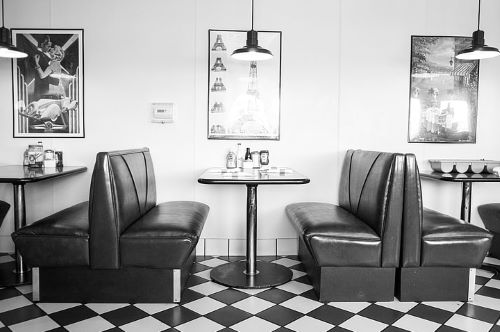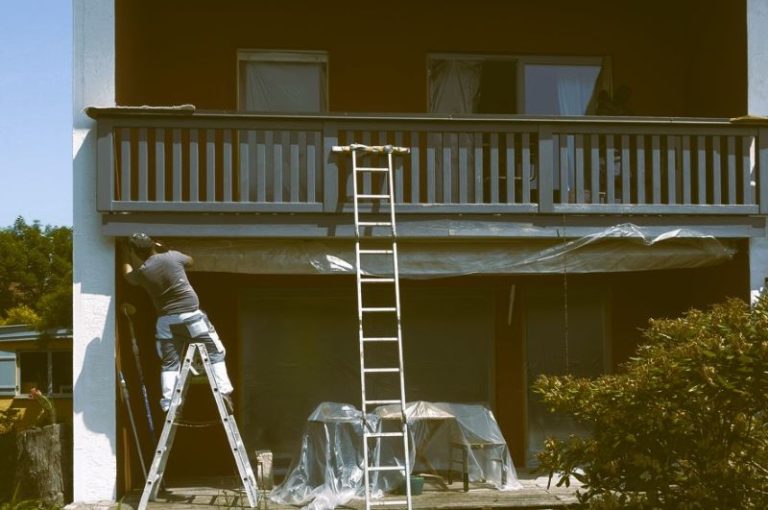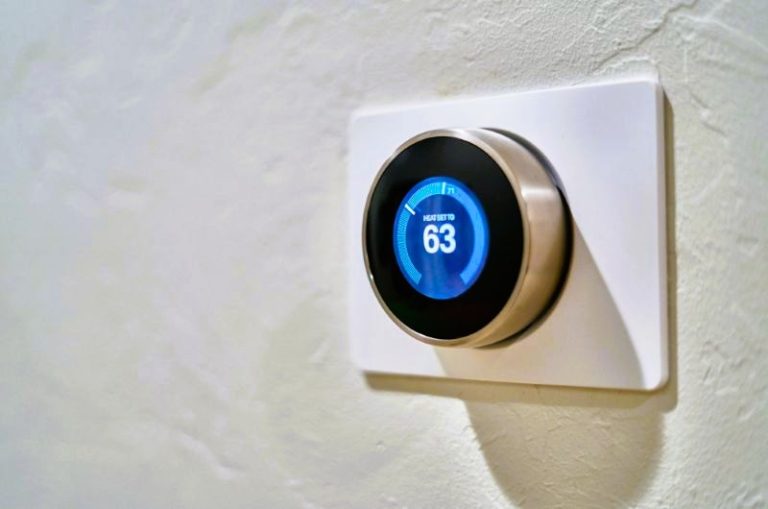

Restaurant booths are a quintessential element of the dining experience. They offer comfort, privacy, and an intimate dining environment that enhances the overall customer experience. In this comprehensive guide, we delve into the various aspects of restaurant booths, exploring their benefits, styles, materials, and how they can transform your dining space.
The Benefits of Restaurant Booths
Restaurant booths are more than just a seating option; they bring a multitude of benefits to any dining establishment. One of the primary advantages is the increased comfort they provide to patrons. Unlike chairs, booths offer cushioned seating and back support, making them ideal for longer dining sessions. This comfort can significantly improve customer satisfaction and encourage repeat business.
Another key benefit is the efficient use of space. Booths can accommodate more diners in a given area compared to traditional table and chair setups. This efficiency is particularly valuable in smaller restaurants where maximizing seating capacity without compromising comfort is essential.
Privacy is another critical aspect. Booths create a sense of personal space, allowing diners to enjoy their meals without feeling crowded. This can be particularly appealing to families, couples, and business diners seeking a more secluded dining experience.
Various Styles of Restaurant Booths
When it comes to restaurant booths, there is no one-size-fits-all solution. Different styles cater to varying needs and aesthetics. Here are some popular styles to consider:
● Single Booths: Perfect for small dining spaces, single booths line the walls and provide a cozy, intimate seating arrangement.
● Double Booths: Ideal for maximizing space, double booths have seating on both sides, allowing for back-to-back configurations.
● Wall Benches: These are long, continuous booths that can be used along walls to create a seamless seating arrangement for larger groups.
● Circular Booths: Offering a unique aesthetic, circular booths are perfect for creating a focal point in your restaurant layout.
● High-Back Booths: For added privacy and a touch of elegance, high-back booths are a great choice.
Choosing the Right Materials
The choice of materials for restaurant booths can significantly impact their durability, comfort, and aesthetic appeal. Here are some common materials used:
● Wood: Wood booths offer a classic look and can be stained or painted to match your restaurant’s décor. They are durable and easy to maintain.
● Upholstery: Fabric or leather upholstery adds comfort and luxury. Choose from a wide range of colors and textures to complement your interior design.
● Vinyl: Vinyl is a popular choice for its durability and ease of cleaning. It’s also available in various colors and patterns.
● Metal: For a modern, industrial look, metal booths can be a stylish and durable option.
Enhancing Aesthetics with Booth Designs
The design of your restaurant booths can play a significant role in defining the overall ambiance of your dining space. Here are some design elements to consider:
● Color Schemes: Choose colors that complement your restaurant’s theme. Bright colors can create a vibrant atmosphere, while neutral tones offer a more sophisticated look.
● Patterned Fabrics: Patterns can add visual interest and break the monotony of solid colors. Consider patterns that align with your brand image.
● Custom Designs: Custom-designed booths can incorporate your restaurant’s logo or specific design elements that make your space unique.
● Lighting Integration: Some booths come with integrated lighting options, adding an extra layer of ambiance and functionality.
Just like thoughtful booth design, details such as your choice of display freezer also contribute to the visual cohesion of your space—especially in open-plan layouts where form and function go hand in hand.
Maximizing Space and Layout Efficiency
Effective space utilization is crucial in any restaurant. Booths can be strategically placed to maximize seating capacity while maintaining a comfortable and spacious environment. Here are some tips:
● Wall Alignment: Placing booths along walls frees up central space for additional tables and chairs.
● Corner Booths: Utilize corners with custom-fitted booths to make the most of every inch of space.
● Booth Clusters: Create clusters of booths for larger parties or to break up the space into distinct sections.
● Flexible Arrangements: Consider modular booths that can be rearranged to accommodate different group sizes and dining needs.
Durability and Maintenance
Durability is a key consideration when investing in restaurant booths. High-quality materials and construction ensure that your booths can withstand the rigors of daily use. Here are some maintenance tips:
● Regular Cleaning: Regularly clean the upholstery and frames to keep them looking fresh and new. Use appropriate cleaning products to avoid damage.
● Routine Inspections: Periodically inspect the booths for any signs of wear and tear. Address any issues promptly to prevent further damage.
● Protective Measures: Use protective coatings or treatments on wood and fabric to enhance their durability and resistance to stains and spills.
Cost Considerations and Budgeting
Investing in restaurant booths can be a significant expense, but the benefits often outweigh the costs. Here are some factors to consider when budgeting for booths:
● Initial Investment: High-quality booths may have a higher upfront cost, but they are likely to offer better durability and longevity.
● Customization: Custom-designed booths may cost more, but they can add significant value to your restaurant’s aesthetic and branding.
● Maintenance Costs: Factor in the cost of maintenance and repairs over time to ensure your booths remain in excellent condition.
Conclusion
Restaurant booths are a vital component of any successful dining establishment. Shop for restaurant booths at restaurantfurnitureplus.com to elevate your dining space with quality and style. They offer comfort, privacy, and efficient use of space, enhancing the overall dining experience for your patrons. By carefully selecting the right style, materials, and design, you can create a welcoming and aesthetically pleasing environment that encourages repeat business.


